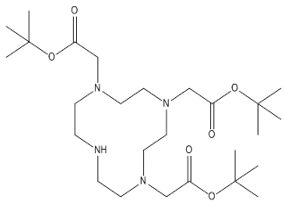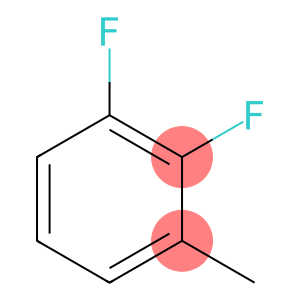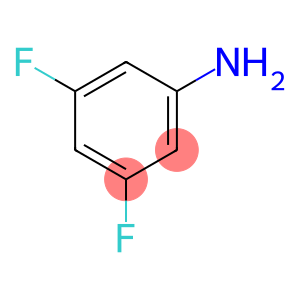Phenethyl phenylacetate(CAS#102-20-5)
| Hazard Symbols | Xi – Irritant |
| Risk Codes | 36/38 – Irritating to eyes and skin. |
| Safety Description | S26 – In case of contact with eyes, rinse immediately with plenty of water and seek medical advice. S36 – Wear suitable protective clothing. |
| WGK Germany | 2 |
| RTECS | AJ3255000 |
| HS Code | 29163990 |
| Toxicity | LD50 orl-rat: 15 g/kg FCTXAV 2,327,64 |
Introduction
Phenylethyl phenylacetate. The following is an introduction to the properties, uses, preparation methods and safety information of phenylethyl phenylacetate:
Quality:
- Appearance: Phenylethyl phenylacetate is a colorless to yellowish liquid or crystalline solid.
- Solubility: Phenylethyl phenylacetate is soluble in organic solvents such as ethanol, ether and dimethylformamide.
Use:
- Industrial use: Phenylethyl phenylacetate is mainly used as an organic solvent and is widely used in industrial applications such as coatings, inks, adhesives and cleaning agents.
- Other uses: Phenylethyl phenylacetate can also be used in the preparation of spices, flavorings and synthetic flavors.
Method:
A commonly used method for the preparation of phenylethyl phenylacetate is carried out by anhydride esterification reaction. The specific preparation method is as follows:
Dissolve phenylacetic acid and sodium phenylacetate in benzene or xylene solvents.
Anhydrides (e.g., anhydrides) are added as esterifying agents, such as acetic anhydride.
Under the action of a catalyst, the reaction mixture is heated.
After the reaction is completed, phenylethyl phenylacetate is obtained by distillation and other means.
Safety Information:
- The vapor of phenylethyl phenylacetate can cause a pungent odor that can cause irritation to the eyes, respiratory system, and skin.
- When using phenylethyl phenylacetate, avoid contact with the skin and inhalation of its vapors.
- Wear appropriate protective gloves, goggles, and respiratory protective equipment during use.
- Phenylethyl phenylacetate should be stored in an airtight container, away from ignition and oxidants.
- Proper operating procedures should be followed when handling phenylethyl phenylacetate and relevant safety guidelines and regulations should be followed.







![Ethyl 6-(4-iodophenyl)-1-(4-methoxyphenyl)-7-oxo-4 5 6 7-tetrahydro-1H-pyrazolo[3 4-c]pyridine-3-carboxylate(CAS# 473927-64-9)](https://www.xinchem.com/uploads/Ethyl64iodophenyl14methoxyphenyl7oxo4567tetrahydro1Hpyrazolo34cpyridine3carboxylate.png)
